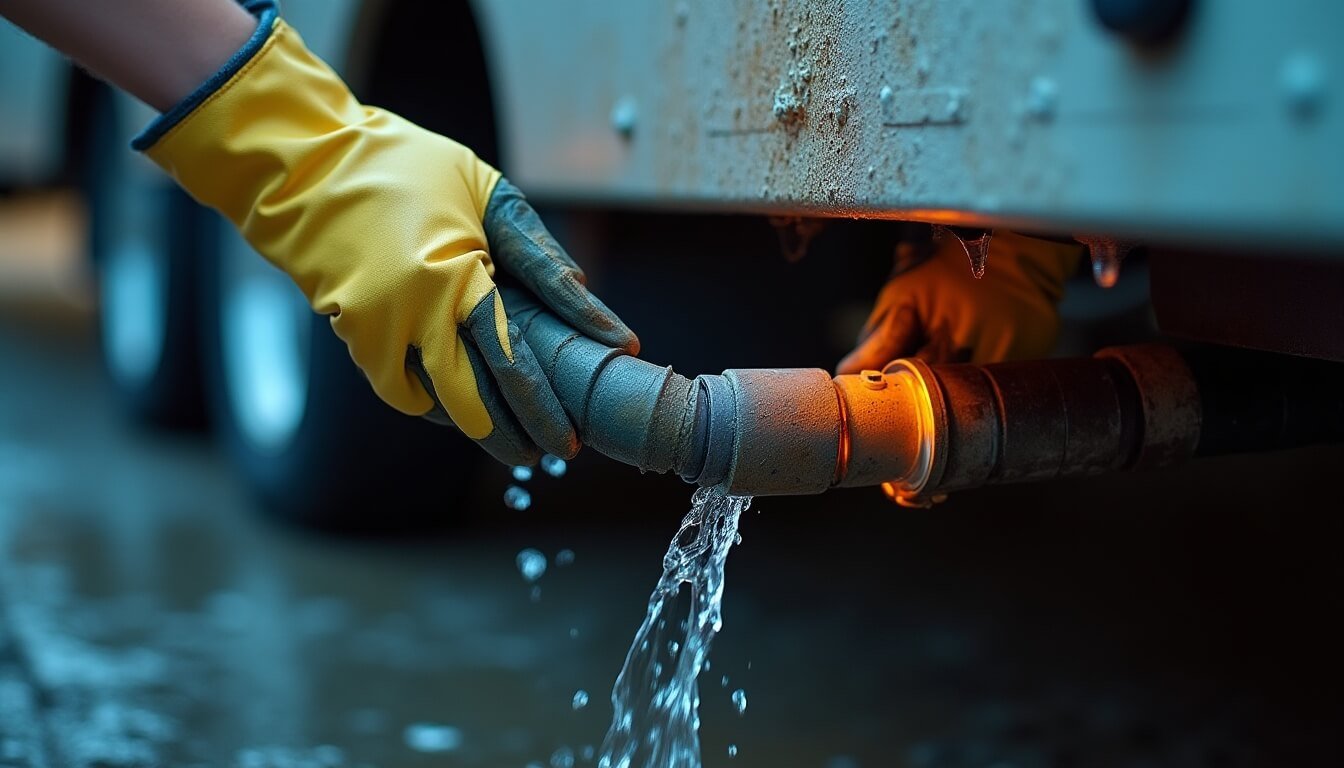Managing waste disposal is one of the less glamorous but absolutely essential aspects of RV travel. Whether you’re living full-time in a motorhome or enjoying a short campervan holiday, properly disposing of greywater and blackwater is not only a legal requirement — it’s critical for protecting Australia’s pristine landscapes.
Fortunately, Australia has built an extensive network of RV dump points across towns, regional centres, and popular travel routes. Some are free, others charge a small fee, but all serve the same purpose: giving RVers a clean, safe place to empty their tanks without harming the environment.
In this guide, we’ll highlight the top 10 RV dump points in Australia — chosen for their cleanliness, accessibility, reliability, and traveller reviews. Whether you need a spot near a popular holiday destination or on a remote Outback track, this list will help you plan your journey with responsible waste management in mind.
What Is an RV Dump Point and Why Do You Need One?
An RV dump point is a designated facility where motorhome and caravan travellers can legally and hygienically dispose of wastewater. This includes:
Blackwater: sewage from your RV toilet cassette or holding tank
Greywater: wastewater from sinks, showers, and washing machines
Dump points are purpose-built to handle this kind of waste. They typically include a sealed ground-level drain or opening, a rinse hose or water tap, and clear signage explaining how to use them. Many also include surrounding concrete pads and hose holders for hygienic use.
Why Are Dump Points Important?
Disposing of wastewater responsibly is critical to preserving Australia’s environment. Dumping greywater or blackwater in nature, near waterways, or roadside drains is illegal in most states and can result in heavy fines — not to mention damage to native flora, contamination of groundwater, and attraction of pests.
Responsible waste disposal through dump points:
Keeps campsites, parks, and bushland clean
Protects Australia’s water tables and marine environments
Ensures compliance with local council regulations
Sets a positive example within the RV community
Who Needs Dump Points?
Motorhomes with fixed holding tanks
Campervans with portable toilet cassettes
Caravans with greywater tanks
Travellers using portable chemical toilets or cassette-style units
Even if your setup only produces greywater, disposing of it in a drain or on the ground is not legal in many areas, especially near towns or conservation zones.
How to Use an RV Dump Point Properly
Knowing how to correctly and courteously use a dump point is crucial for keeping facilities open, clean, and available for all RV travellers. Misuse not only creates hygiene issues — it can also lead to closures by councils and park operators. Follow this simple guide to do your part.
Step-by-Step: How to Use a Dump Point
Park Appropriately
Pull up as close as possible to the dump point so your hose or cassette can reach easily. Avoid blocking roadways or access for others.Wear Gloves
Always use disposable gloves to protect yourself from bacteria and cross-contamination.Empty the Tank or Cassette
Open your RV’s external hatch or access point.For toilet cassettes: remove and carefully pour into the dump inlet.
For holding tanks: connect your waste hose to the designated inlet and empty slowly.
Rinse Thoroughly
Most dump points provide a non-potable rinse tap and hose.Rinse your cassette, hose, and the dump point area after use.
Never use the rinse hose for drinking water tanks.
Seal Everything Back Up
Close caps securely and return your hose or cassette to storage. Dispose of gloves and sanitise hands.Leave It Better Than You Found It
If you spill — clean it up. If something’s broken, report it on WikiCamps or to the local council.
What NOT to Do
Don’t dispose of nappies, wet wipes, or sanitary products — they clog systems.
Don’t pour greywater near natural bushland or drains unless signage says it’s allowed.
Don’t rinse using potable taps (labelled “drinking water”).
Never dump waste in a public toilet, street drain, or park soil.
Practicing good dump point hygiene helps keep these essential services open and usable for everyone.


